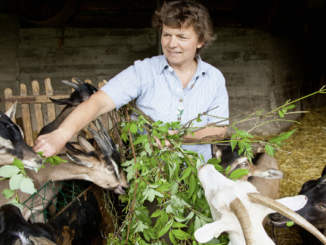
By Aurélie Catallo, translated by Mathieu Willard
Note: While the situation is still a changing one, with the war in Ukraine since 24th February, the discourse around the CAP has shifted somewhat, towards approving unambitious, business-as-usual strategic plans that serve the interests of agri-industrial block and lobby groups. Nevertheless, with French elections only a few weeks away, on 20th February “Pour un autre PAC” (PUAP) outlined its positions on the opportunities that will arise throughout the next presidential mandate in order to change the orientation of the recently submitted French CAP Strategic Plan (CSP). Moreover, PUAP spotlights some specific measures that should be implemented if France desires to truly align the French CSP with the Green Deal’s ambitions. We report here below a translated article that originally appeared on “Pour une autre PAC” website.
Introduction
Although France’s CAP Strategic Plan (CSP) design and submission took place before the 2022 presidential election, the next CAP plan is neither approved yet, nor frozen until 2027. There are several major opportunities to modify the CSP during the next five-year period, at various times during the future presidency mandate. The revision process of the CAP that will apply in France in the short, medium and long term will be crucial as the current draft CSP is absolutely unable to guide French agriculture in its necessary economic, environmental and social changes. Moreover, several official reports (in particular an opinion from the Environmental Authority (ministry of ecological transition) and a note from the Court of Auditors) have already underlined the incompatibility of this CSP with France’s stated objectives in terms of agroecological transition, including legally binding objectives: the national biodiversity strategy, the national strategy to reduce imported deforestation, the national low-carbon strategy, the implementation of the European Farm to Fork strategy, etc.
The first 100 days: amending the CSP before it is approved by the European Commission
What kind of changes are possible in that short-term period?
The European Commission will send France its remarks on its draft CSP towards the end of March, through a letter of observation. Commissioner Wojciechowski reiterated the commission’s commitment to transparency during the approval process and pledged to make those letters public, which is deemed essential for the public to be able to take part in the debate, paving the way towards a good understanding implementation of the plan.
France will then have to submit an improved version of its CSP to the Commission, demonstrating that it has taken the comments into account or justifying why it is not considered appropriate to take them into account. From then, the Commission and the Member State will have three months to negotiate the CSP which will be finally and formally approved by the College of Commissioners. At present, the Commission’s approval of the CSP is foreseen for September 2022.
In other words, after the new President and the new government take office, there will be a major window of opportunity, giving them a chance to modify the content of the initial draft of the French CSP before its formal approval by the European Commission. Whatever the political orientation of the newly elected President, the modification of the draft CSP will be justified by the need to take into account the remarks of the European Commission and to align the ambition of the French CSP with the highest ambitions of the other Member States, in order to reposition France as a European agricultural leader.
If it does not seem realistic that a new government can completely rewrite, in a few weeks, a document thousands of pages long that took several years to prepare, the first hundred days of the new presidency surely offers the opportunity to reassess some of the most harmful arbitrations adopted by the previous Minister of Agriculture, making it possible to honour the notion of “reform” that should be inherent to the CAP and, more importantly, send a signal of reorientation of public policies in the agricultural sector.
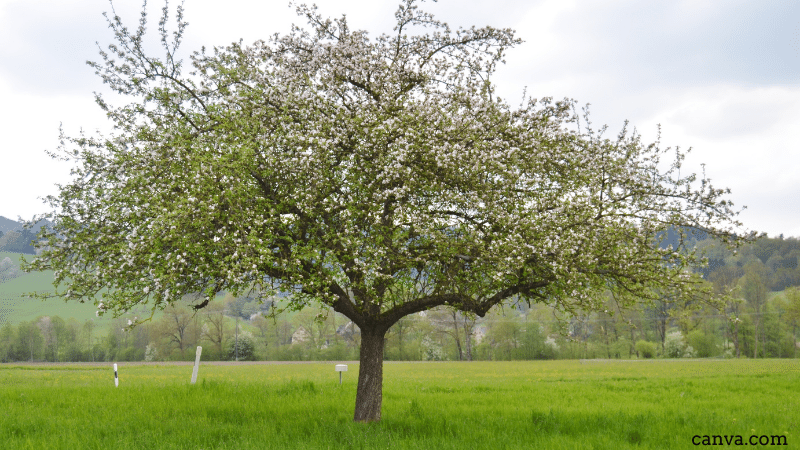
PUAP’s recommendations for modifications
• GAEC 7: Crop diversification in arable land:
o raise the total of points needed to respect GAEC7 (based on a point scale system) to the basic level of the current proposal for the related eco-scheme.
o remove any opportunity of derogation for certain crops such as maize
• GAEC 8: Minimum share of agricultural area devoted to non-productive areas or features
o keep only the rule requiring at least 4% of agroecological infrastructure; therefore, remove the alternative option requiring 7% of areas of ecological interest including 3% of agroecological infrastructure.
• Redistributive payment:
o increase the share of Pillar 1 budget dedicated to the redistributive payment from 10% to at least 15%.
• Eco-scheme practices:
o Proposition for the architecture of eco-schemes compared to the one proposed in the CSP:

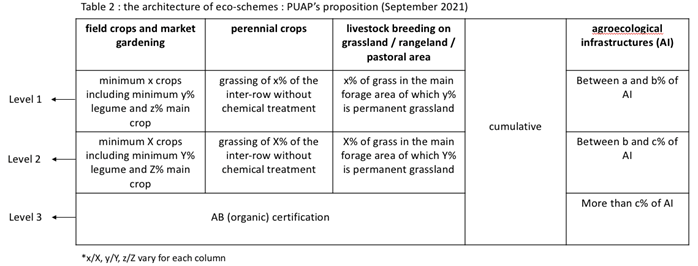
o Main and additional propositions:
> remove the certification route and create a level 3 remuneration for organic agriculture
> concerning the agroecological management on arable land eco-scheme (based on a point scale system): raise the points needed to access level 1 to the amount needed to access level 2 of the current proposal ; create a more ambitious scale for the top level
> remove the agroecological infrastructure scheme and triple the envelope for the “sustainably managed hedges”
• Risk management (harvest insurance aid):
o limit the allocation of this aid to insurance contracts for which the triggering threshold is 30% of losses and not 20%.
1st semester of 2023: paving the way for a progressive transformation of the CAP through the first annual review of the CSP
What kind of changes are possible in that short/medium-term period?
After the CSPs enter into force, each Member State will have the opportunity to submit revisions, once per year, to the European Commission. The definition of the revisions to be submitted will take place during the first part of the year, while the second part of the year will be reserved for negotiations with the Commission, which has the power to approve them or not.
In other words, France will have the opportunity to submit a revision of its CSP to the European Commission in the first year of its entry into force. This first revision can be used to set the pace for a gradual increase in the ambition of the French CSP until the end of the 2023-2027 period. The idea is not to impose a radical change in the rules of the game on farmers just one year after the entry into force of the reform, but rather to initiate the process of its gradual strengthening as well as announcing a clear timetable of developments until 2027.
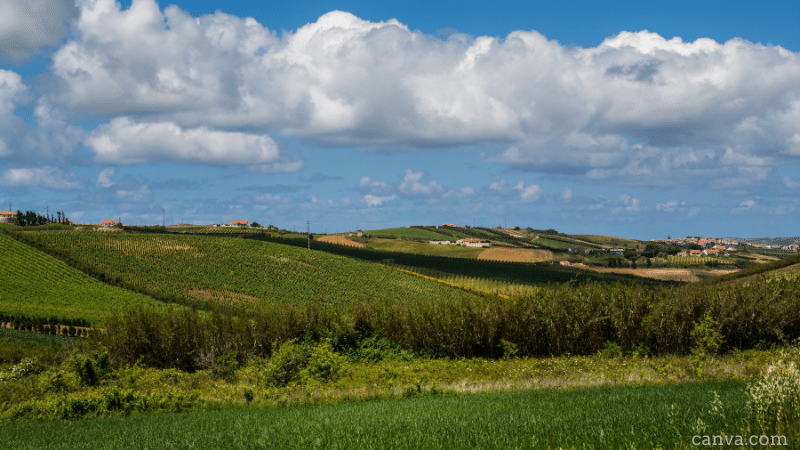
PUAP’s recommendations for modifications
• Transfer rate from 1st to 2nd pillar: plan a gradual increase in the transfer rate until 2027, i.e. 7.5% in 2023, 10% in 2024, 12.5% in 2025, 15% in 2026, 17.5% in 2027
• Basic income support: reduce the envelope for basic payments in the first pillar of the CAP by the same amount, gradually until 2027
• Social conditionality: provide for a reinforcement of the means for control in order to increase the number of CAP farms effectively subject to social conditionality
• Coupled aid for cattle:
o Introduction of a grazing condition
o Lowering the ceiling to 80 livestock units (LU)
• Agri-environment-climate measures under Pillar 2: direct the gradual increase in the budget of the 2nd pillar of the CAP towards the agri-environment-climate measures envelope
1st semester of 2024: taking full advantage of the CSP’s mid-term review
What kind of changes are possible in that medium-term period?
In addition to the annual revisions that they may spontaneously propose, Member States will also have to send the European Commission an annual report on the progress made towards achieving the objectives they have set in their CSP. If the Commission considers that a Member State is not on the right track and that an adjustment of its CSP is needed, it will require the Member State to make corresponding improvements in it. From the beginning of 2024, France and the Commission will have a first year of hindsight on the implementation of the CSP. It will therefore be possible for them to draw conclusions on the adjustments required to achieve the social and environmental performance objectives announced by the country.
Moreover, the annual revision of the CSP to be prepared in 2024 will be applied from 2025, a year tacitly considered as a mid-term review period for this CAP programming. It is indeed for 2025 that the European regulation foresees a strengthening of requirements for CSPs, particularly concerning their compliance with the objectives of the Green Deal. From 2025 onwards, the French CSP must explicitly comply with the objectives of the Green Deal, which will have become legally binding by then. In other words, abstract justifications will no longer be enough for the French CSP to assure and prove its overall contribution to the trajectories drawn by the 2030 objectives. It will have to demonstrate that it really does give beneficiaries the means to change their practices in such a way that they follow the curve of reductions (in pesticides, nitrogen fertilisers, etc.) or increases (in agroecological infrastructures, AB areas, etc.) imposed by the European Union’s Farm to Fork and Biodiversity strategies.
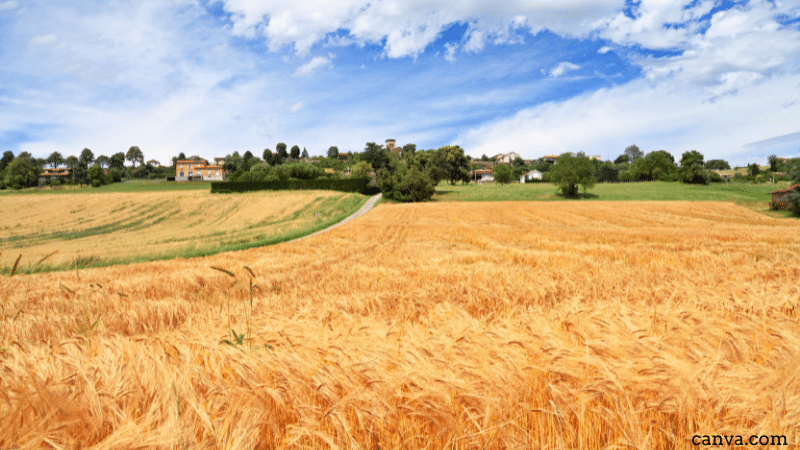
PUAP’s recommendations for modifications
• Capping and degressivity: introduce degressivity for direct payments from €60,000 and capping from €100,000
• Good agricultural and environmental conditions (GAEC) and eco-schemes: align these measures with the objectives of the Green Deal
• Coupled aid for fresh fruit and vegetables: doubling of the dedicated envelope
• Agri-environment-climate measures under pillar 2: raise the ambition of the agri-environment-climate measure’s specifications relating to animal welfare
From 2025: using France’s influence to shape the next CAP reform proposal
What kind of changes are possible in that long-term period?
Historically, France and Germany have been particularly influential in shaping the European Commission’s communications and legislative proposals for CAP reforms. Furthermore, Germany has just appointed a new Minister of Agriculture as part of its new government coalition which explicitly plans to stand for the end of decoupled payments at European level, favouring new payments for services instead. Therefore, the context would be particularly favourable to a historic reform of the CAP if the Franco-German pair was to display a common ambition for the 2028-CAP, from 2025 onwards.
PUAP’s recommendations for modifications
Promote at European level:
• the introduction of a food objective and scope to the CAP, in addition to the agricultural one, turning the CAP into the CAFP (Common Agricultural and Food Policy).
• the replacement of decoupled payments by payments for services and support measures for the agroecological transition
• the recognition of the work unit as the unit for allocating CAP interventions
And what about elected deputies to the National Assembly? An influence to be created
The French National Assembly has no official power over the content of the CSP. However, future deputies will be able to use two main levers of action to make their voice heard on the evolution of this policy:
• all the usual instruments of indirect influence of the government at their disposal, such as own-initiative reports, European resolutions, questions to the government, debates with or without votes, etc.
• the annual transmission of the CSP performance report drawn up by France for the attention of the European Commission and of the modifications made to the CSP, as provided for by Article 274 of the “climate and resilience” law.
The deputies’ access to data relating to the CSP performance, transmitted annually by the government, constitutes an interesting opportunity for elected representatives to exercise their right to control the government’s action and to publicise what would appear to be a lack of ambition on the part of the Minister in charge of Agriculture, in the face of the necessary evolution of the CSP.
Download this article as a PDF
 This article is produced in cooperation with the
This article is produced in cooperation with the
Heinrich Böll Stiftung European Union.
More on CAP Strategic Plans
CAP, Fairness and the Merits of a Unique Beneficiary Code – Matteo Metta on Ireland’s Draft Plan
ARC Launches New Report on CAP as Member States Submit Strategic Plans
Slashing Space for Nature? Ireland Backsliding on CAP basics
Quality Schemes – Who Benefits? Central America, Coffee and the EU
Civil Society Organisations Demand Open and Ambitious Approval of CAP Plans
CAP Strategic Plans: Germany Taking Steps in the Right Direction?
CAP Strategic Plans: Support to High-Nature-Value Farming in Bulgaria
Commission’s Recommendations to CAP Strategic Plans: Glitters or Gold?
German Environment Ministry Proposals For CAP Green Architecture
CAP Performance Monitoring and Evaluation Framework – EP Position
A Rural Proofed CAP post 2020? – Analysis of the European Parliament’s Position
CAP Beyond the EU: The Case of Honduran Banana Supply Chains
CAP | Parliament’s Political Groups Make Moves as Committee System Breaks Down
CAP & the Global South: National Strategic Plans – a Step Backwards?
CAP Strategic Plans on Climate, Environment – Ever Decreasing Circles
European Green Deal | Revving Up For CAP Reform, Or More Hot Air?
Climate and environmentally ambitious CAP Strategic Plans: Based on what exactly?
How Transparent and Inclusive is the Design Process of the National CAP Strategic Plans?




